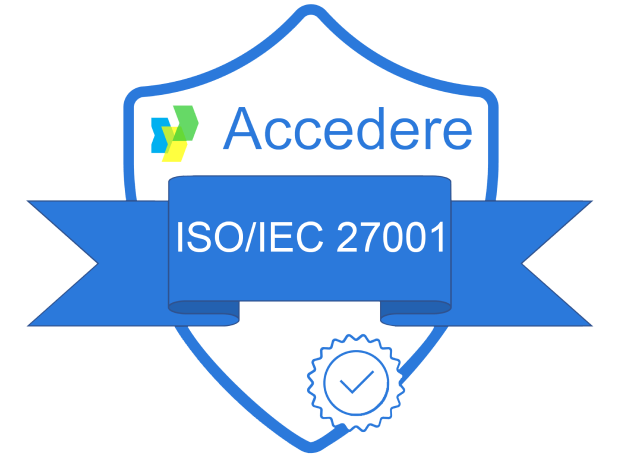In today’s rapidly evolving digital landscape, data has become the lifeblood of organizations, driving innovation, efficiency, and competitiveness. Yet, amidst the exponential growth of data, organizations grapple with the challenge of deriving meaningful insights and value from their data assets. The complexities of data management exacerbate this struggle, as traditional approaches–which are often centralized and monolithic, and anchored in a data lake or warehouse–fall short in addressing the diverse needs and dynamic nature of modern data ecosystems.
Against this backdrop, a new paradigm is emerging: data mesh. This innovative approach to data management represents a departure from traditional centralized models, offering a decentralized framework that empowers organizations to harness the full potential of their data assets.
In this article, we delve into the factors explaining the enthusiasm for data mesh and decentralization of data management: those related to economic pressure and competitiveness weighing on organizations, and others related to the very birth of data mesh itself.
Reason 1: Economic Pressures
Executive teams are under increasing pressure to justify their investments in data infrastructure and management. Despite substantial resources allocated to these initiatives over the past decade, measuring tangible economic returns remains a significant challenge.
This frustration stems from the inability to correlate data investments with concrete financial outcomes, leading to uncertainty and dissatisfaction among stakeholders.
Reason 2: Competitiveness and the Impact of AI
The fear of losing competitiveness due to the inability to take advantage of the rapidly democratizing opportunities offered by artificial intelligence also creates frustration. Until recently, developing AI models was a long and risky process with uncertain outcomes. The rapid development of highly performant, inexpensive, and easy-to-integrate off-the-shelf models has changed the game entirely.
It’s now possible to prototype an AI application in a few days by adjusting and combining shelf models. However, scaling requires feeding these models with data that is of quality, traceable, secure, compliant, etc. In short, well-managed data adds additional pressure on centralized data management teams.
Reason 3: Flexibility in Implementation
Other factors are more directly related to the nature of the data mesh itself: it is not an architecture, a language, a method, or even a technology – all of which are often complex, controversial, and divisive subjects.
Data mesh simply lays out a few easy-to-understand principles, and these principles aren’t prescriptive – they can be implemented in a thousand different ways.
Reason 4: Endorsement and Enthusiasm
Data mesh principles are also not purely academic: they transpose to the world of analytical data the practices that allowed large software organizations to master the complexity of their systems while continuing to innovate at a rapid pace. Data mesh is based on strong theoretical and empirical foundations – it’s very hard to resist the argumentation developed by Dehghani.
It has the rare quality of easily gaining the support, even enthusiasm, of data teams, including at the decision-making level. This unanimity limits resistance to change, ensures strong sponsorship, and partly explains the speed of its adoption worldwide.
Reason 5: Accessibility and Cost-Effectiveness
The principles of data mesh are easy to implement, without significant investments, simply by reallocating existing resources. When transforming a monolithic software platform into a plethora of loosely coupled and tightly integrated distributed services, one knows that the operation will be lengthy, costly, and risky.
For data, the situation is very different. Data is already, by nature, distributed. And all organizations already have the necessary technologies to extract, process, store, and consume their data in higher-level applications. Implementing the basics of data mesh primarily involves transforming an organization and practices, not making new massive technological investments.
In their eagerness to reform their practices, data leaders have found in data mesh a convincing and accessible framework and have massively included it in their strategic roadmap. It goes without saying, however, that the transition from a centralized data management model to an operational data mesh can only be done gradually – there is no magic wand. And each organization begins this transition in its own context – its strategic challenges, personnel, organization, processes, culture, or even its technological stack.
The Practical Guide to Data Mesh: Setting up and supervising an enterprise-wide Data Mesh
Written by Guillaume Bodet, co-founder & CTPO at Zeenea, our guide was designed to arm you with practical strategies for implementing data mesh in your organization, helping you:
✅ Start your data mesh journey with a focused pilot project, leveraging an initial use case
✅ Discover efficient methods for scaling up your data mesh, enhancing the creation of data products
✅ Acknowledge the pivotal role an internal marketplace plays in facilitating the effective consumption of data products
✅ Learn how Zeenea emerges as a robust supervision system, orchestrating an enterprise-wide data mesh














